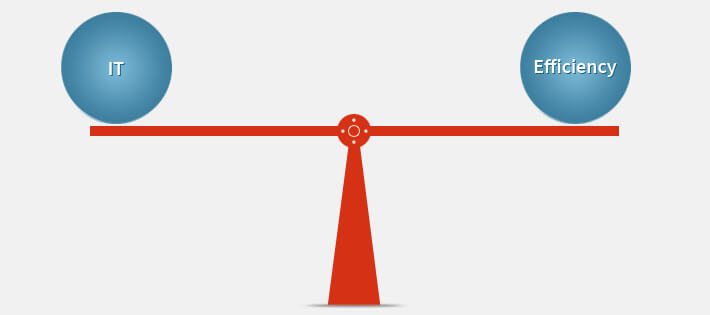
Think about the last week’s worth of work you’ve accomplished. You put out a bunch of fires; performed some upgrades and new implementations of applications, systems, or servers; and even had a little time for planning some strategic initiatives for next quarter. But as you look over this work and focus specifically in on the manual tasks you performed, would you consider that work particularly efficient?
An IT pro’s time is precious, so spending it manually installing Office, deploying a new workstation, or searching through event logs for an answer just isn’t good use of your time.
Albert Einstein was once interviewed by a reporter who, at the end of the conversation, asked Einstein for his phone number for any follow-up questions. Einstein responded by looking up his phone number and writing it down. It seems a bit odd that someone so smart would go look up the answer for something. But Einstein felt it wasn’t a good use of his brain (presumably he wanted to leave his brain available to tackle the great physics problems of the day).
Similarly, your time is as precious. You only have so much, and need to allocate it in the most efficient way possible. And, it seems, that IT, being pulled in so many different strategic, and technological directions, is becoming less and less efficient.
So, is the idea of IT being efficient even a possibility?
We all know it is, but the question is how you get to a state of efficiency. The answer revolves around how IT gets its’ work done. If it’s all done manually, you’re making the case for mutual exclusiveness of IT and efficiency. But, if you’re part of an IT organization that embraces automated tools and solutions to get work done, you’re escaping the stigma of an inefficient IT organization.
Is it as simple as just using some tools?
Well, yes and no. The use of tools does make you more efficient, but the tools you utilize need to be the right tools that will have the greatest impact on your efficiency.